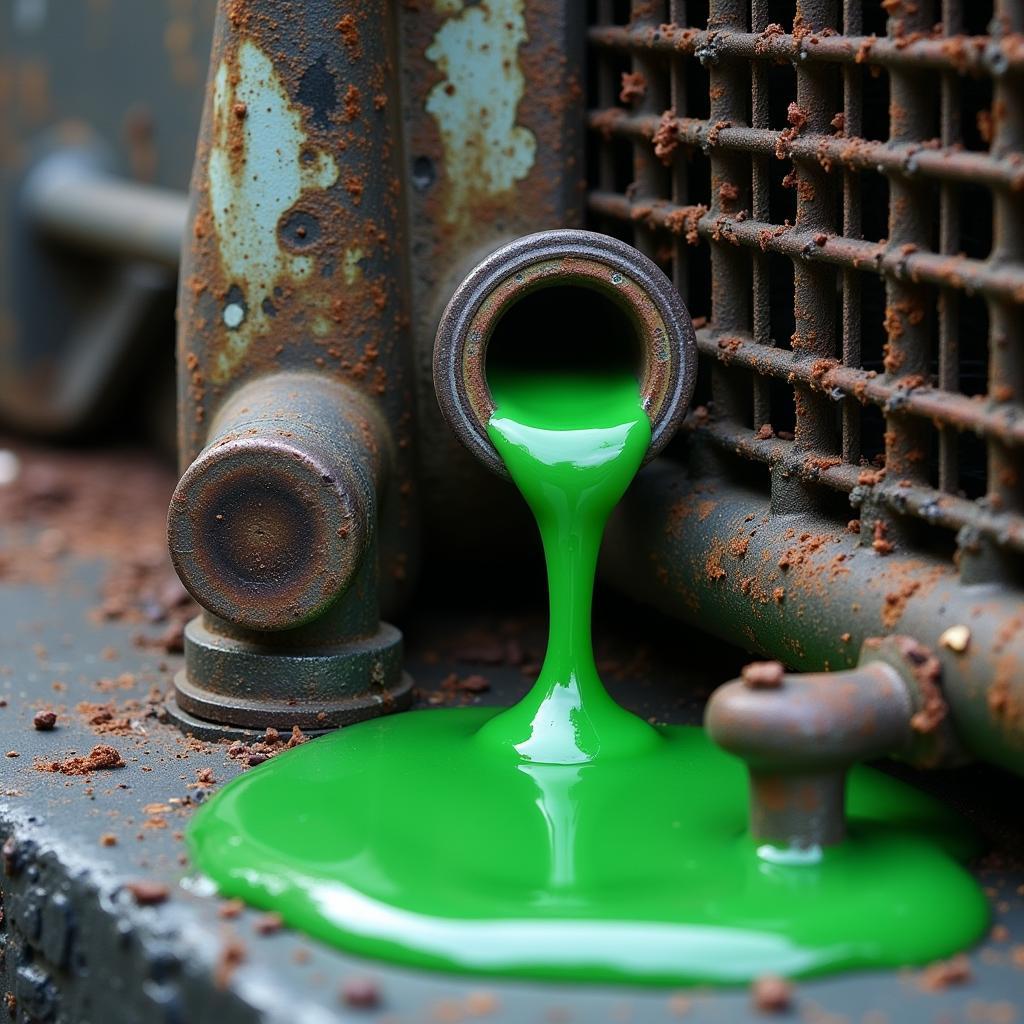Fixing your car door’s rubber molding is a surprisingly common issue. Whether it’s cracked, detached, or simply worn out, this seemingly small problem can lead to annoying wind noise, water leaks, and even rust. This guide will walk you through everything you need to know about how to diagnose, repair, and prevent rubber molding issues on your car door. Let’s dive in!
Why is My Car Door Rubber Molding Damaged?
Several factors can contribute to damaged rubber molding. Exposure to extreme temperatures, especially harsh sunlight and freezing cold, can cause the rubber to become brittle and crack. Regular wear and tear from opening and closing the door, as well as accidental bumps and scrapes, can also take their toll. Even improper cleaning methods using harsh chemicals can accelerate the deterioration of the rubber.
How to Diagnose Rubber Molding Problems
Identifying the problem is the first step towards a solution. Inspect the rubber molding carefully for any visible signs of damage such as cracks, tears, or detachment. Run your hand along the molding to feel for any gaps or loose sections. Pay close attention to the corners and edges, as these areas are particularly prone to wear. Listen for any unusual wind noise while driving, as this can indicate a compromised seal.
Common Signs of Damaged Rubber Molding
- Visible cracks or tears: These are the most obvious signs and often require replacement.
- Detachment from the door: The molding may peel away from the door frame, allowing water and air to seep in.
- Wind noise: A whistling or whooshing sound while driving, especially at higher speeds, can indicate a sealing problem.
- Water leaks: Water entering the car during rain or car washes suggests a faulty seal.
- Brittle or hardened rubber: This makes the molding more susceptible to cracking and breaking.
How to Fix Rubber Molding Car Door
Depending on the severity of the damage, you can either repair or replace the rubber molding. For minor cracks or tears, you can use specialized rubber sealant or adhesive. For more extensive damage, replacement is often the best option.
Repairing Minor Damage
- Clean the area: Thoroughly clean the damaged area and surrounding rubber with a mild detergent and water. Dry completely.
- Apply rubber sealant: Apply a thin, even layer of rubber sealant or adhesive to the affected area, following the manufacturer’s instructions.
- Allow to dry: Let the sealant dry completely before closing the door.
Replacing the Rubber Molding
- Purchase the correct molding: Ensure you buy the correct replacement molding for your specific car make and model.
- Remove the old molding: Carefully pry off the old molding using a plastic trim removal tool to avoid scratching the paint.
- Clean the surface: Clean the surface where the old molding was attached, removing any residual adhesive.
- Install the new molding: Starting at one end, press the new molding firmly onto the door frame, ensuring it sits securely in place.
Preventing Future Damage
Regular maintenance can significantly extend the life of your car door rubber molding. Apply a rubber protectant or conditioner a few times a year to keep the rubber supple and prevent cracking. Avoid using harsh chemicals or abrasive cleaners on the molding. Park your car in a shaded area whenever possible to minimize exposure to direct sunlight.
“Regular maintenance is key to preventing rubber molding issues. Just like you would condition leather seats, treating your rubber molding with a protectant will keep it in top shape,” says John Davis, Automotive Engineer at Acme Auto Solutions.
How Much Does It Cost to Fix Rubber Molding Car Door?
The cost of fixing car door rubber molding can vary depending on the extent of the damage and whether you choose to repair or replace it. Repairing minor damage with sealant can cost as little as a few dollars, while replacing the entire molding can range from $20 to $100 or more, depending on the make and model of your car.
Conclusion
Fixing your car door’s rubber molding is a manageable DIY project that can save you money and prevent further problems. By following the steps outlined in this guide, you can restore the seal, reduce noise, and protect your car from water damage. For further assistance, connect with AutoTipPro at +1 (641) 206-8880 or visit our office at 500 N St Mary’s St, San Antonio, TX 78205, United States. We are here to help you Fix Rubber Molding Car Door problems.
car fixed check engine light still on
FAQ
-
How often should I apply rubber protectant to my car door molding? Applying a rubber protectant two to three times a year is generally sufficient.
-
Can I use any type of sealant to repair cracked rubber molding? It’s essential to use a sealant specifically designed for rubber. Using the wrong type of sealant can worsen the problem.
-
How do I know if I need to replace the entire molding? If the damage is extensive or the molding is severely deteriorated, replacement is the best option.
-
Is it difficult to replace car door rubber molding myself? Replacing the molding is a relatively simple DIY project that most people can handle with basic tools.
-
What can happen if I ignore damaged rubber molding? Ignoring damaged molding can lead to increased wind noise, water leaks, and potential rust issues.
-
Where can I buy replacement rubber molding for my car? You can purchase replacement molding from auto parts stores, dealerships, or online retailers.
-
Can weather conditions affect the rubber molding? Yes, extreme temperatures, especially excessive heat and cold, can accelerate the deterioration of the rubber.





Leave a Reply